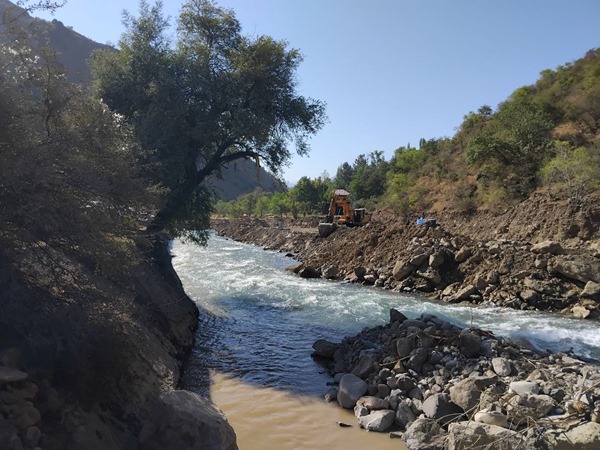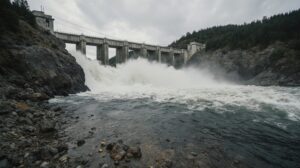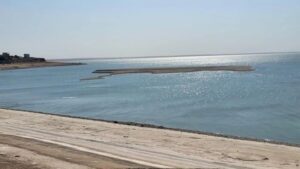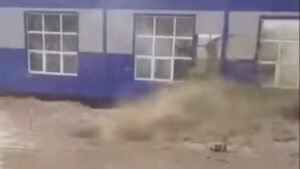Yesterday, September 25, a joint mission of UNESCO and the International Union for Conservation of Nature (IUCN) to Kazakhstan, Kyrgyzstan and Uzbekistan to clarify the current status of the transboundary World Natural Heritage site “Western Tien Shan” was completed.
The joint UNESCO and IUCN mission to Central Asia was a reaction of international bodies to the huge intensification of plans for the economic development of the unique natural territory of the Western Tien Shan by the three Central Asian countries.
In Kyrgyzstan, with the knowledge of local authorities, illegal placer gold mining is taking place practically in the heart of the World Heritage site, and there are plans to build a powerful hydropower plant on the Chatkal River with flooding of protected floodplain lands and the construction of the Talas-Chatkal-Tashkent transit highway along the reservoir.
In Kazakhstan, local authorities proudly present a project that will create a cascade of hydroelectric power plants with reservoirs on the Ugam River, and part of the river’s flow will be driven into a 210-kilometer pipe and sent to other parts of Turkestan Oblast.
“We are told that the project to build a hydropower plant and water pipeline in the central element of the World Natural Heritage Site – on the Ugam River – is the best option among all the alternatives considered,” Alexander Kolotov, director of the Rivers Without Boundaries Public Fund, said at a meeting with the UNESCO mission in Shymkent (Kazakhstan). – What then could be worse than the currently proposed damming of the river with a cascade of dams, fragmentation of the river system, creation of an array of reservoirs with destruction of the river ecosystem and irretrievable withdrawal of part of the Ugam River flow?
In Uzbekistan, both rivers flowing out of the World Heritage Site – Chatkal and Ugam – have already been dammed. As Rivers Without Boundaries experts have just seen on site, bulldozers and excavators are destroying the bed of the Ugam River, forcing it into an artificial channel and dressing it in a concrete jacket. Such barbarism is taking place for the sake of erecting three tiny hydropower plants with a total capacity of about 5 MW, which could decimate the populations of rare and endemic fish species that until recently inhabited this small mountain river.
“Dam projects directly downstream of World Heritage sites also require a preliminary impact assessment agreed with UNESCO, which is unlikely to have happened in the case of the Chatkal and Ugam,” notes Evgeny Simonov, chief expert at Rivers Without Boundaries. – As for Uzbekistan’s possible participation in the creation of a hydropower plant and highway on the World Heritage site in Kyrgyzstan, this would definitely be a blatant violation of the UNESCO Convention for the Protection of the World Cultural and Natural Heritage.
The report on the results of the UNESCO and IUCN mission to the World Natural Heritage site “Western Tien Shan” will be considered next year, at the next session of the UNESCO World Heritage Committee, which will be held in Sofia (Bulgaria). The Rivers Without Boundaries Public Fund intends to take part in this discussion.





